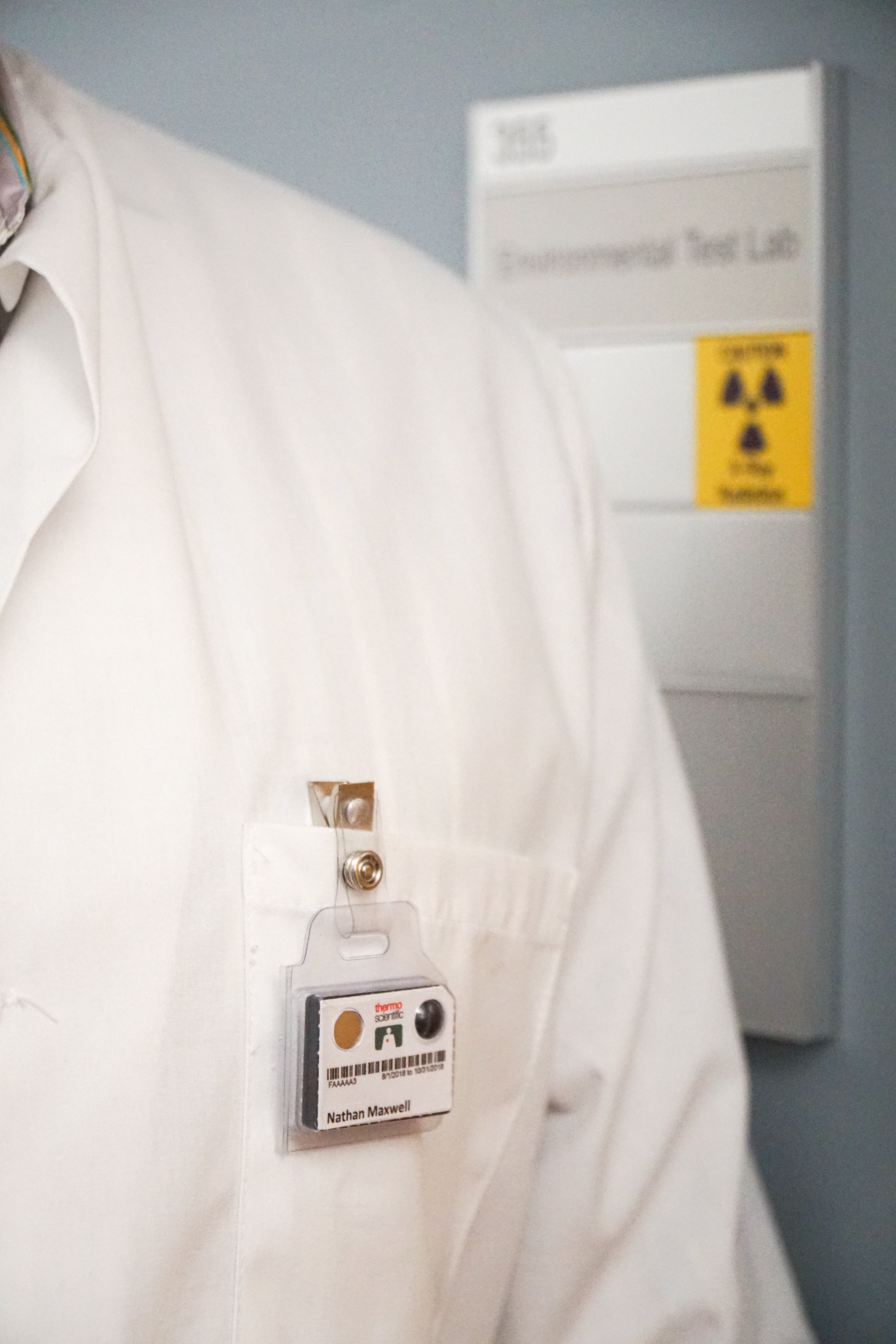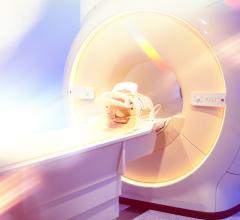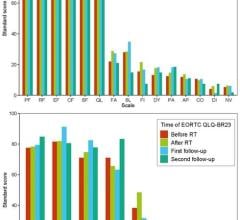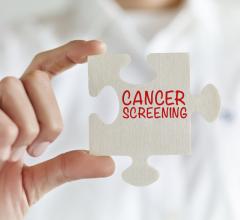
Wearing personal radiation measurement badges to measure dose exposure is crucial.
Doctors and technologists are exposed to on-the-job radiation often on a daily basis. It is critical to be aware of how much radiation the clinician is being exposed to, and some of the best methods of monitoring that exposure.
Everyone is exposed to radiation from benign sources such as cosmic rays, radon, microwaves and cell phones. However, higher-energy short-wave radiation in many occupational sources can penetrate and disrupt living cells and increase cancer risk, so exposure must be monitored. The risk of cancer from radiation exposure reportedly increases as the dose of radiation increases. Anyone who works in a setting with a known radiation source is at risk.
Any amount of radiation can be harmful in theory, but it’s generally accepted that low exposures carry low risk. When it comes to chronic radiation, however, experts don’t always agree on a safe level. This is especially true since some radiation effects, including cancer, may not show for years or decades after an individual has stopped being exposed. The Occupational Safety and Health Administration (OSHA) does have published standards, but they don’t answer the question of what is too much for each person.
What is Dosimetry?
Dosimetry is the calculation of the absorbed dose in tissue resulting from exposure to ionizing radiation. Dosimetry monitoring is the practice of wearing personal radiation measurement badges (dosimeters) to measure the amount of dose exposure. These badges provide readings about the dose of ionizing radiation an individual receives. Dose measurements and history are captured and stored. These dose reports help to monitor the safety of the workers and the workplace.
Dosimetry monitoring services enable customers to monitor and track individual radiation dose in compliance with radiation safety regulations. Most services also include compliance, recordkeeping and reporting capabilities that help manage an efficient safety program. Typically, technologists wear badges for a period of time and at the end of the wear period, they ship them to the service provider to be read. Staff typically receive replacement badges prior to the end of the wear period so there is no gap in dose monitoring. The dose data and dose reports are calculated by the dosimetry service provider and are made available to the customers, usually through an online portal.
Providing customers dose data to help protect employees from potentially harmful radiation is the most important reason for dosimetry services. Accreditations and regulations across industries at state, federal and government levels internationally also place certain radiation monitoring requirements on organizations with ionizing radiation sources. Having a dosimetry service program provides data that can be used to identify situations of overexposure and take corrective actions to minimize radiation exposure in the future. It helps improve safety and provide peace of mind to the customer that their workplace and employees are safe.
Many organizations institute radiation safety programs with dose monitoring services as a protection from future litigation. While the health risk of radiation exposure is purportedly low, the fact that it’s still a possibility creates a liability risk for employers. Consider cancer; for men there is a 39.66 percent probability they’ll develop cancer in their lifetime. With such a high probability, it would be wise to understand exactly how much exposure each employee has — if any — and to document that measurement systematically to show it never exceeded thresholds. This would be valuable information in any future legal discovery.
Recommended Frequency
Frequency of radiation monitoring can vary based on the work environment and the needs of the facilty. Dosimeters can be read daily, weekly, monthly or quarterly, and the customer will usually work with the dosimetry service provider to select the desired frequency of reads.
Radiation dose monitoring strategies and tracking can be overwhelming, especially for smaller offices and practices that don’t have the dedicated resources for managing such a program. It requires due diligence with a clear process for long-term documentation and recordkeeping, along with an understanding of the required compliance. It often requires dedicated resources, and can also get complex and expensive. The good news is that there are simple and cost-effective dosimetry monitoring services available to organizations of all sizes that simplify radiation safety with a streamlined process. When organizations outsource the process, they gain freedom from the radiation dose tracking burden and overhead and can instead focus on their core competency.
Service Providers
When researching service providers, consider the technology and types of dosimeters offered, as well as accreditations and certifications, the access you will have to radiation consultants, ease of access to the dose reports and any type of hidden fees that could evolve. Also consider the provider’s experience in dosimetry, ability to provide expert technical support and customer service.
Mukta Acharya is director of marketing, field and safety instruments, for Thermo Fisher Scientific.
This article ran as an introductory chart on Radiation Dose Monitoring in the September issue. You can view the comparison chart here.



 March 28, 2024
March 28, 2024 








